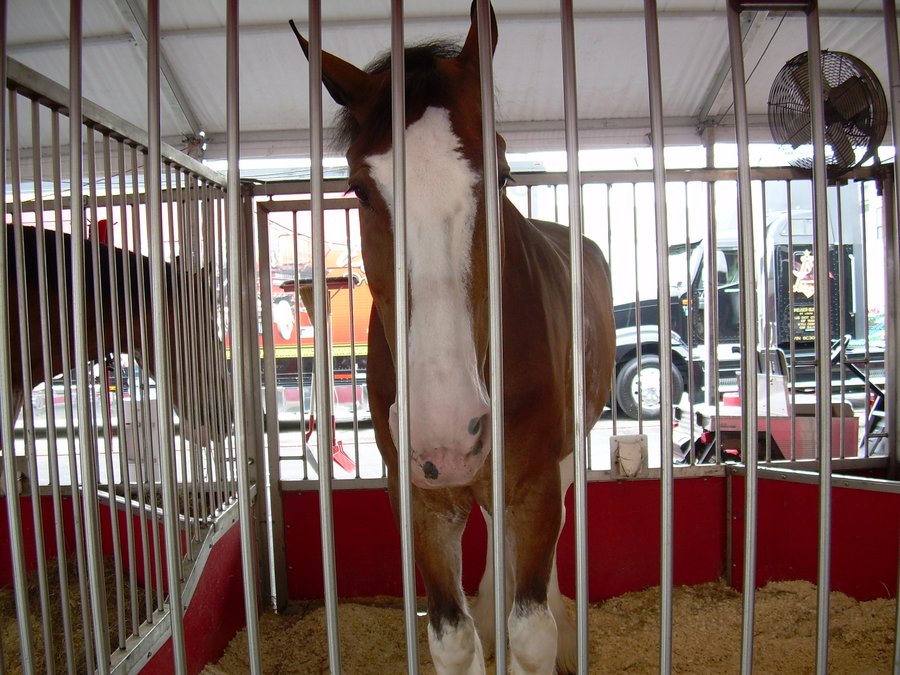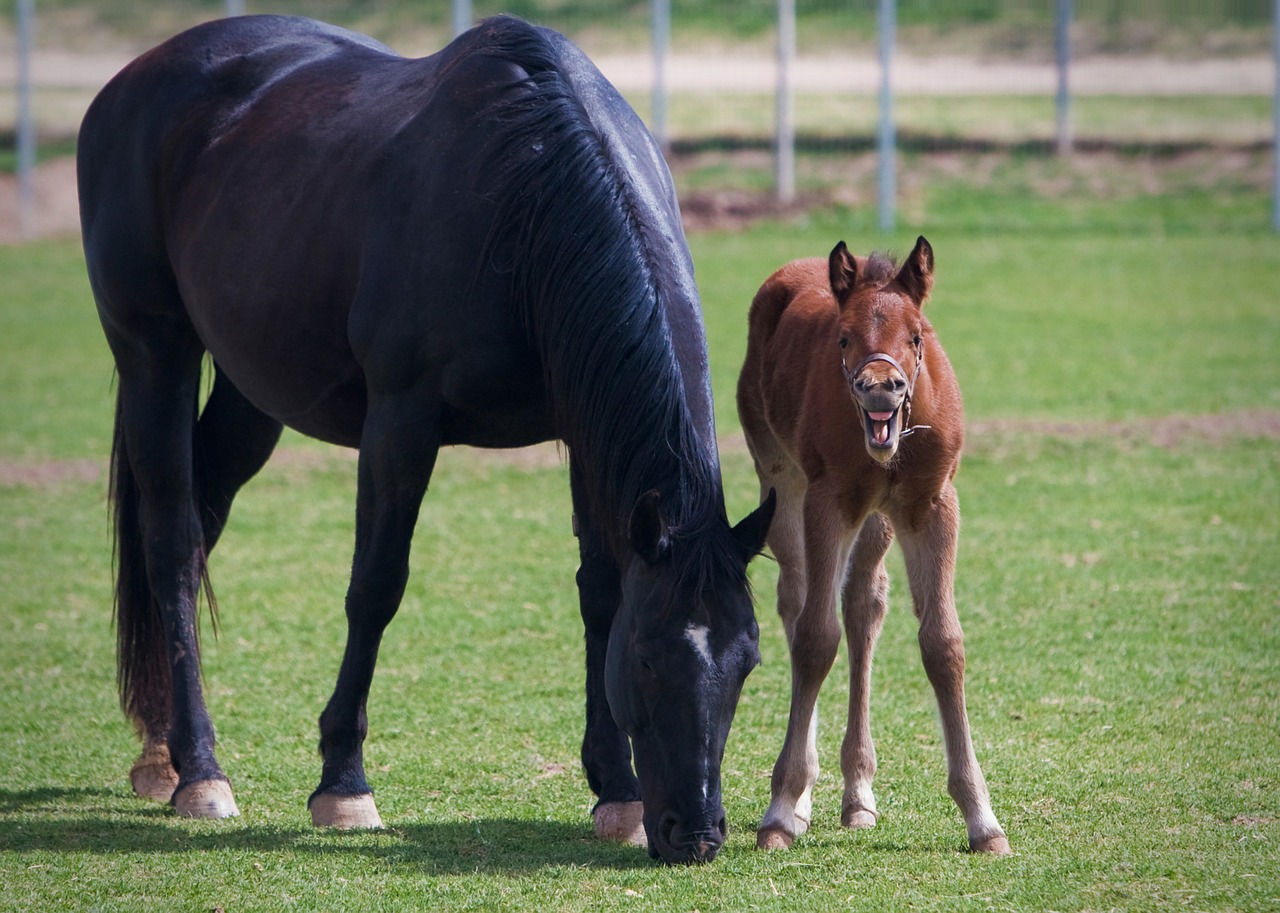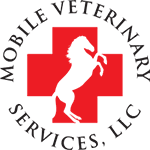 At what age is a horse considered geriatric or senior? Does owning a senior horse mean that he must eat a feed labeled as a “senior” feed? As always, the answer is, it depends. Our horses are living longer lives than ever, thanks to an evolving understanding of the...
At what age is a horse considered geriatric or senior? Does owning a senior horse mean that he must eat a feed labeled as a “senior” feed? As always, the answer is, it depends. Our horses are living longer lives than ever, thanks to an evolving understanding of the...
 As horsepeople, we know it’s necessary to implement slow transitions between grains and forages when changing our horse’s diet, but why the caution? The Function of the Foregut and Hindgut The foregut consists of the stomach and small intestine and is the site of...
As horsepeople, we know it’s necessary to implement slow transitions between grains and forages when changing our horse’s diet, but why the caution? The Function of the Foregut and Hindgut The foregut consists of the stomach and small intestine and is the site of...
 By Dr. Shane Baird As horse owners, biosecurity is something that we do every day – whether we consciously think about it or not. It’s also something we should be doing MORE of every day. Bio-what? Biosecurity is anything that we do to protect a...
By Dr. Shane Baird As horse owners, biosecurity is something that we do every day – whether we consciously think about it or not. It’s also something we should be doing MORE of every day. Bio-what? Biosecurity is anything that we do to protect a...
 STATE VETERINARIAN’S OFFICE (VS) – Positive Diagnosis in Two Colorado Counties Tips for Livestock Owners and Veterinarians Horses on two Montrose and one Delta County premises tested positive for the disease and have been placed under quarantine. Colorado has...
STATE VETERINARIAN’S OFFICE (VS) – Positive Diagnosis in Two Colorado Counties Tips for Livestock Owners and Veterinarians Horses on two Montrose and one Delta County premises tested positive for the disease and have been placed under quarantine. Colorado has...
 Many horse owners have a younger horse (under 6 years of age) these days. Whether the horse was born on your place, or you purchased a weanling to train into your dream horse, remember that these young horses have dental needs just like adult and senior horses do. I...
Many horse owners have a younger horse (under 6 years of age) these days. Whether the horse was born on your place, or you purchased a weanling to train into your dream horse, remember that these young horses have dental needs just like adult and senior horses do. I...








